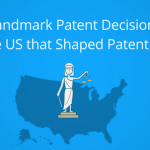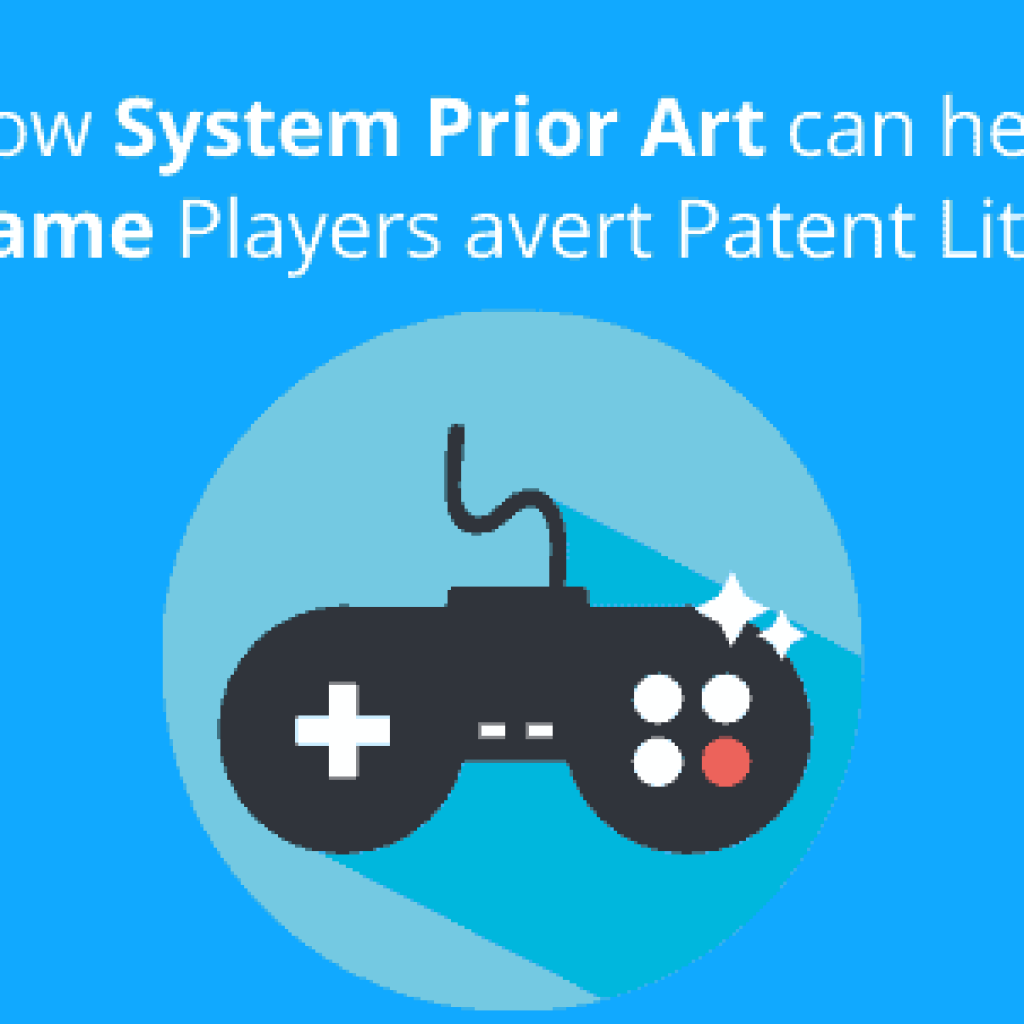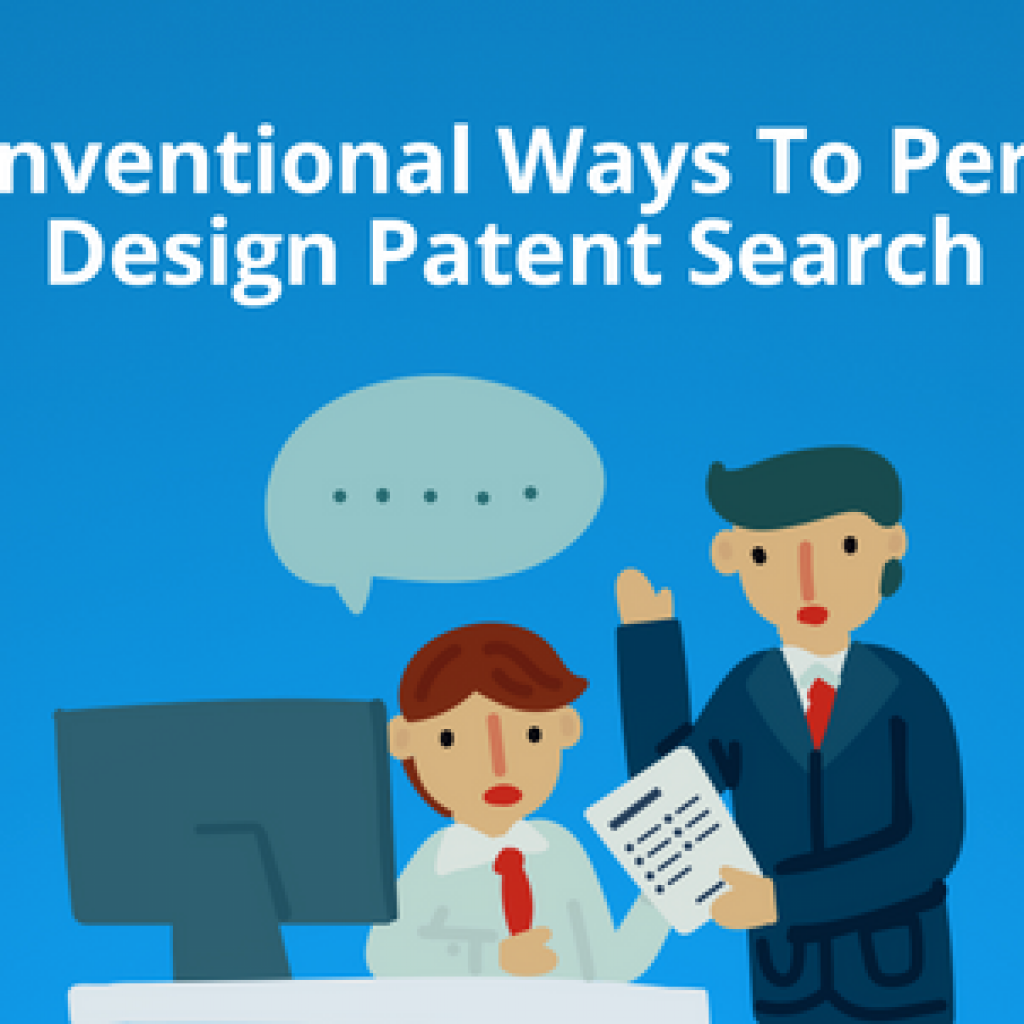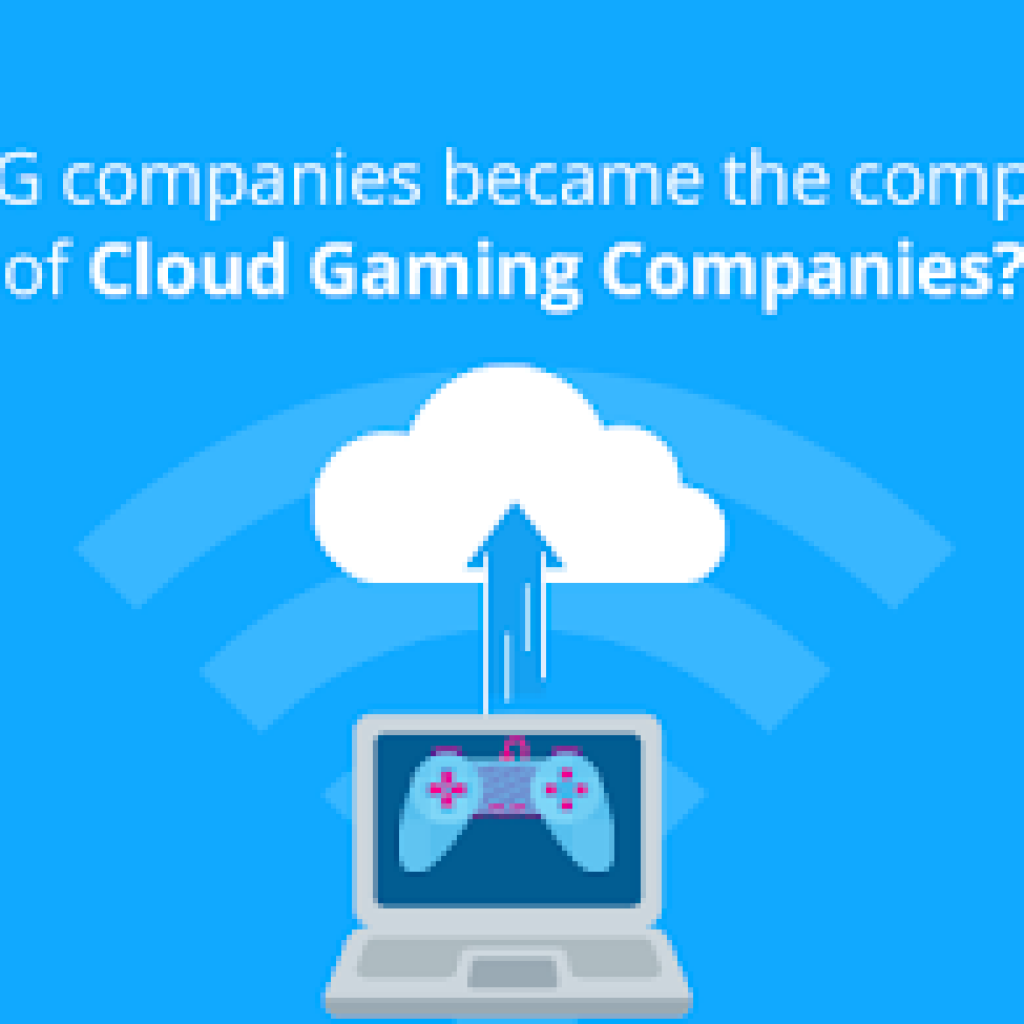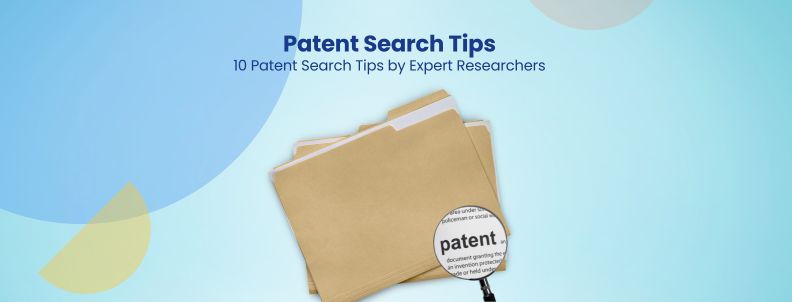“In 2020, there were 27 software-related patents on appeal for subject matter eligibility. The CAFC found four of the patents either partially or fully eligible under Section 101. It found 22 patents invalid and remanded one case to the district court.” (source)
In 2014, the US Supreme Court drastically changed the law relating to patent eligibility in Alice Corp. v. CLS Bank International. In its decision, the Court held that abstract ideas are not transformed into patent-eligible inventions merely by generically implementing them using computers. Alice led to a lot of uncertainty about how the decision would be applied to technology allegedly involving abstract ideas.
According to a 2020 US Patent Office (USPTO) report, in the 18 months following Alice, the number of patent eligibility rejections increased by 31%, and the variability between examiners in how they approached such rejections increased by 26%. Although the same USPTO report went on to describe that the number and variability of Alice rejections are trending downward, many patent prosecutors are still struggling to respond to such rejections. That is because the Court in Alice did not define the term “abstract idea” within its test for determining patent eligibility, leading many to find the Alice framework vague and unpredictable.
So how do you tackle this arbitrariness of Alice rejections?
For patent prosecutors, one of the benefits of being part of a law firm is being able to turn to colleagues for advice on how they have successfully dealt with particular legal issues. Luckily, file wrappers for published patent applications are publicly available through the USPTO’s Patent Application Information Retrieval (PAIR) portal. That makes every patent prosecutor who has filed a response in one of those cases a virtual colleague.
We scoured the records on Public PAIR and listed down 10 cases that can be considered as successful examples of overcoming Alice rejections. These examples can help patent prosecutors such as yourself to build solid arguments in your next patent eligibility prosecution. We have summarized the arguments that each prompted a Notice of Allowance. So let’s go ahead and have a look at these cases.
10 Patent Cases That Overcame an Alice Rejection
In each of the following cases, arguments were presented that relate to the two-part test laid out in Alice. “Step One” of the Alice test requires consideration as to whether the claims at issue are directed to an ineligible concept (e.g., an abstract idea or natural phenomenon). “Step Two” of the Alice test is to consider the elements of each claim both individually and as an ordered combination to determine whether the additional elements transform the nature of the claim into a patent-eligible application.
1. Life Technologies Corp. (US Patent App. Serial No. 14/338,682)
USPTO Class:
506 – COMBINATORIAL, CHEMISTRY TECHNOLOGY: METHOD, LIBRARY, APPARATUS.
Title:
Control Nucleic Acid Sequences for Use in Sequencing-by-Synthesis and Methods for Designing the Same.
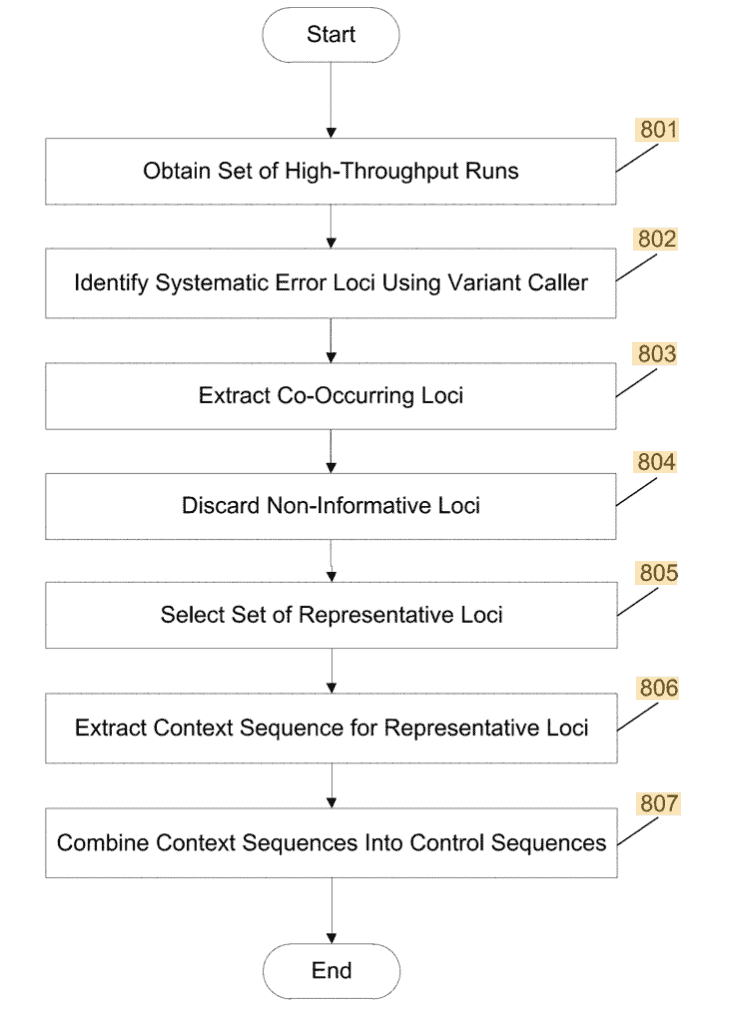
Credits: US9926597B2
Arguments:
The pending claims were not directed to an abstract idea because they included technical improvements rooted in physical and non-conventional recitations (citing Enfish, LLC v. Microsoft Corp. and analogizing the claims to those in McRO, Inc. v. Bandai Namco Games America Inc. et. al. and In re Abele). The alleged abstract idea was mischaracterized because the claim was not considered as a whole (citing and drawing specific parallels to McRO). The Examiner did not analogize to any claims in the case law found to be ineligible. Even if there were an abstract idea recited in the claims, they did not preempt the abstract idea. The claims also recited more than an abstract idea by reciting technical improvements based on subject matter that was not merely routine or conventional, particularly when the claim recitations were properly considered in combination (citing BASCOM Global Internet Services, Inc. v. AT&T Mobility LLC).
2. Bank of America Corp. (US Patent App. Serial No. 14/196,545)
USPTO Class:
705 – DATA PROCESSING: FINANCIAL, BUSINESS PRACTICE, MANAGEMENT, OR COST/PRICE DETERMINATION.
Title:
Digital Wallet Exposure Reduction.
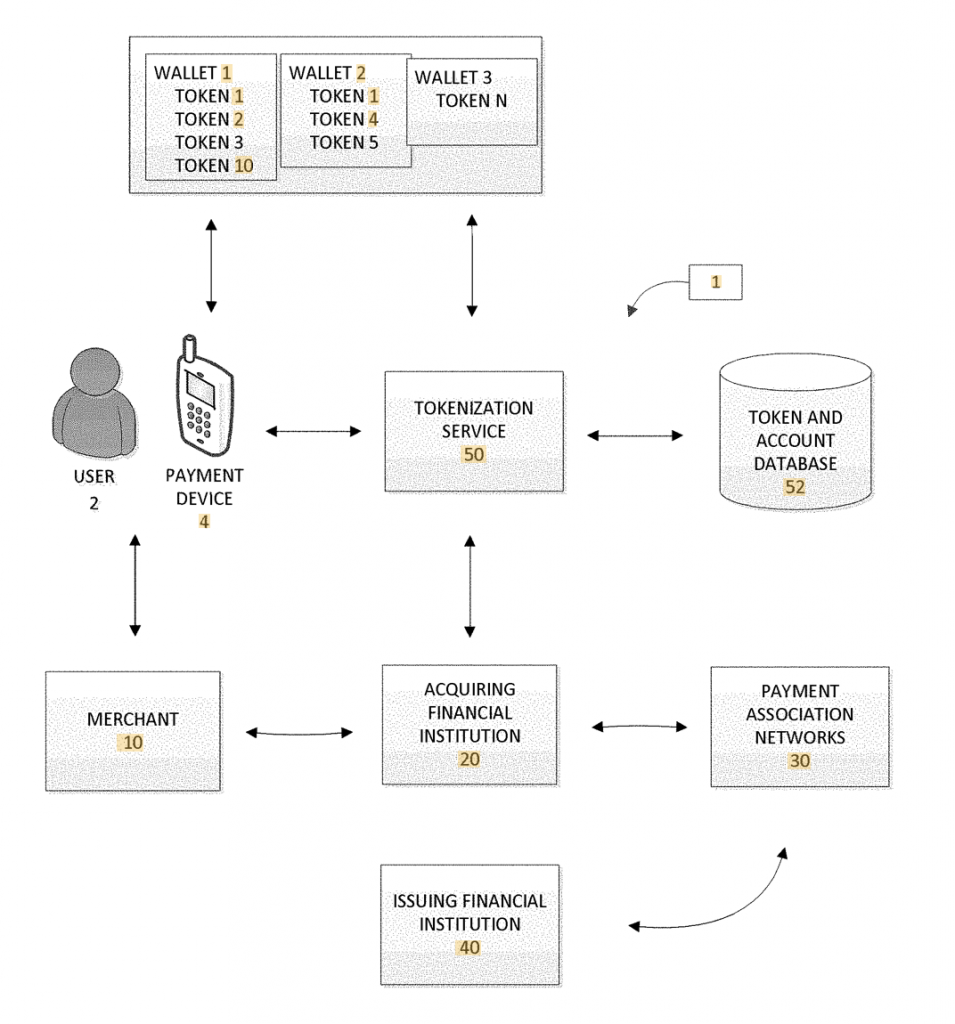
Credits: US10002352B2
Arguments:
The claims were not directed to an abstract idea but to an improvement in computer technology that could not be performed in the absence of the claimed technical features or the abstract (citing Enfish, McRO, Ex parte Poisson, and the USPTO 2016 Memorandum on Formulating a Subject Matter Eligibility Rejection). In particular, the claims involved a fundamental transformation of data modifying the functioning of digital wallet technology, was necessarily rooted in a technical environment and provided a solution to the technology-centric problem of dynamically improving the security of digital tokens. Also, the claims included recitations that amounted to significantly more than the alleged abstract idea (citing and analogizing the claims to BASCOM, DDR Holdings, LLC v. Hotels.com, LP, Amdocs (Israel) Ltd. V. Openet Telecom, Inc., and Diamond v. Diehr). The claims also did not preempt the alleged abstract idea of managing potentially compromised payment credentials and initialing measures.
3. ABB Inc. (US Patent App. Serial No. 15/005,384)
USPTO Class:
702 – DATA PROCESSING: MEASURING, CALIBRATING, OR TESTING.
Title:
Optimal Weighted Averaging Pre-Processing Schemes for Laser Absorption Spectroscopy.
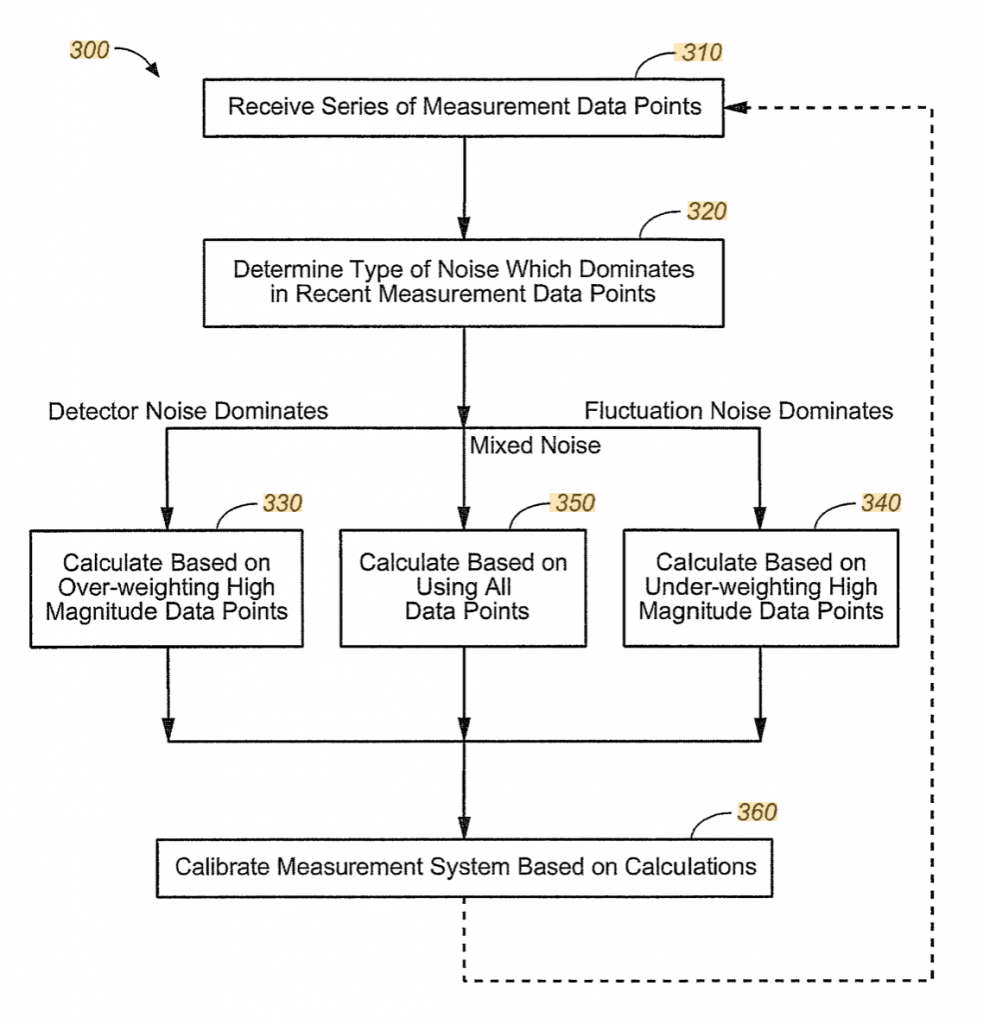 Credits: US10359360B2
Credits: US10359360B2
Arguments:
The claims were not directed to an abstract idea but were directed as a whole to an improvement in the accuracy and precision with which a tunable diode laser absorption spectroscopy instrument detects the types of components present in a gas. In response to the Examiner’s assertion that no hardware portion in the claims provided novelty, the claims were amended to recite that a digital signal processor performs noise reduction to improve the accuracy and precision of the instrument. Thus, the claims amounted to significantly more than the alleged abstract idea (citing BASCOM and the USPTO 2018 Memorandum on Changes in Examination Procedure (Berkheimer v. HP, Inc.)).
4. Oracle Intl. Corp. (US Patent App. Serial No. 14/316,186)
USPTO Class:
706 – DATA PROCESSING: ARTIFICIAL INTELLIGENCE.
Title:
Data-Parallel Probabilistic Inference.
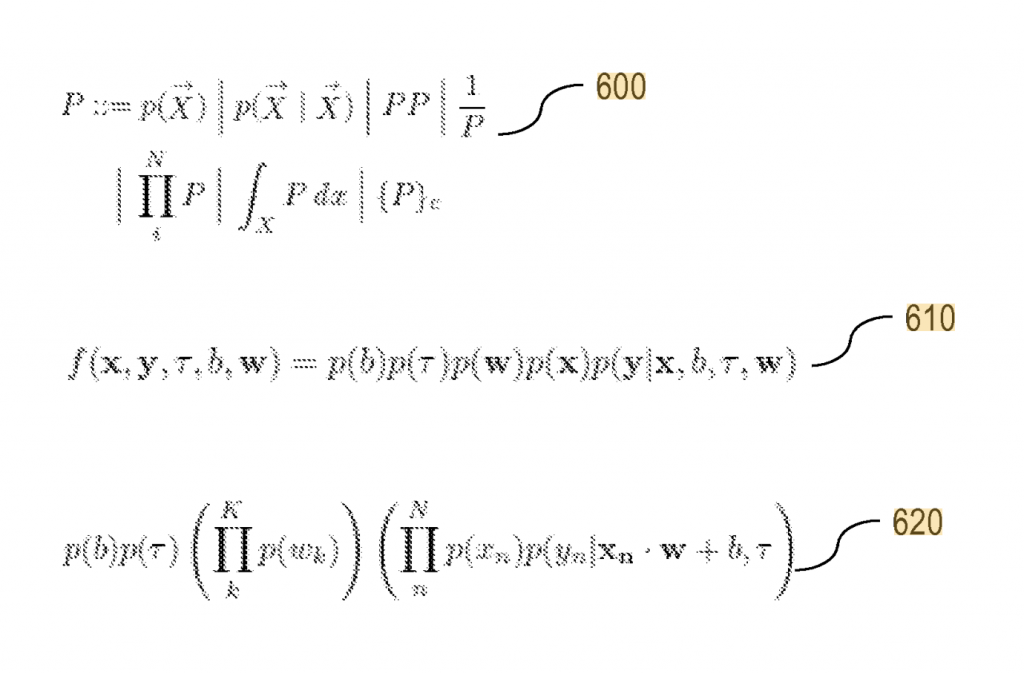
Credits – US10496929B2
Arguments:
The Examiner’s assertion that the claims were directed to mathematical relationships or to the use of mathematical relationships to organize information was improper (distinguishing from the claims in Digitech Image Technologies, LLC v. Electronics for Imaging, Inc.). The Examiner improperly characterized individual features of the claims as separate abstract ideas instead of considering the claims as a whole. The mere fact that mathematical principles are involved in an invention does not necessarily prove that the invention is so “abstract” as to not be patentable. Also, the claims provided additional elements concerning how the alleged abstract idea was to be implemented, limited the alleged abstract idea to a real-world application, and were directed to something other than the alleged abstract idea (citing the USPTO 2016 Memo). The Examiner also improperly applied a different narrower characterization of the abstract idea to include the recited additional elements. Finally, the claims went beyond generic computer functions (citing the USPTO 2016 Memo).
5. Intel Corp. (US Patent App. Serial No. 14/750,921)
USPTO Class:
370 – MULTIPLEX COMMUNICATIONS.
Title:
Technologies for Concurrency of Cuckoo Hashing Flow Lookup.
 Credits – US20160241475A1
Credits – US20160241475A1
Arguments:
The claims were not directed to an abstract idea but instead were directed as a whole to a technical improvement on the technical function of the network device. Specifically, the claims were an improvement to flow table lookup processing as applied to network packet flow identification (citing and analogizing to claims in Enfish, Amdocs, and DDR Holdings). Also, the claims recited significantly more than the abstract idea itself by reciting a specific and complex approach to performing a concurrent flow table lookup that required a series of atomic instructions operating on cache-aligned data structures, which was an unconventional approach (citing and analogizing to Amdocs).
6. Ent. Services Development Corp. LP (US Patent App. Serial No. 14/759,959)
USPTO Class:
707 – DATA PROCESSING: DATABASE, DATA MINING, AND FILE MANAGEMENT OR DATA STRUCTURES.
Title:
Federated Social Media Analysis System and Method Thereof.
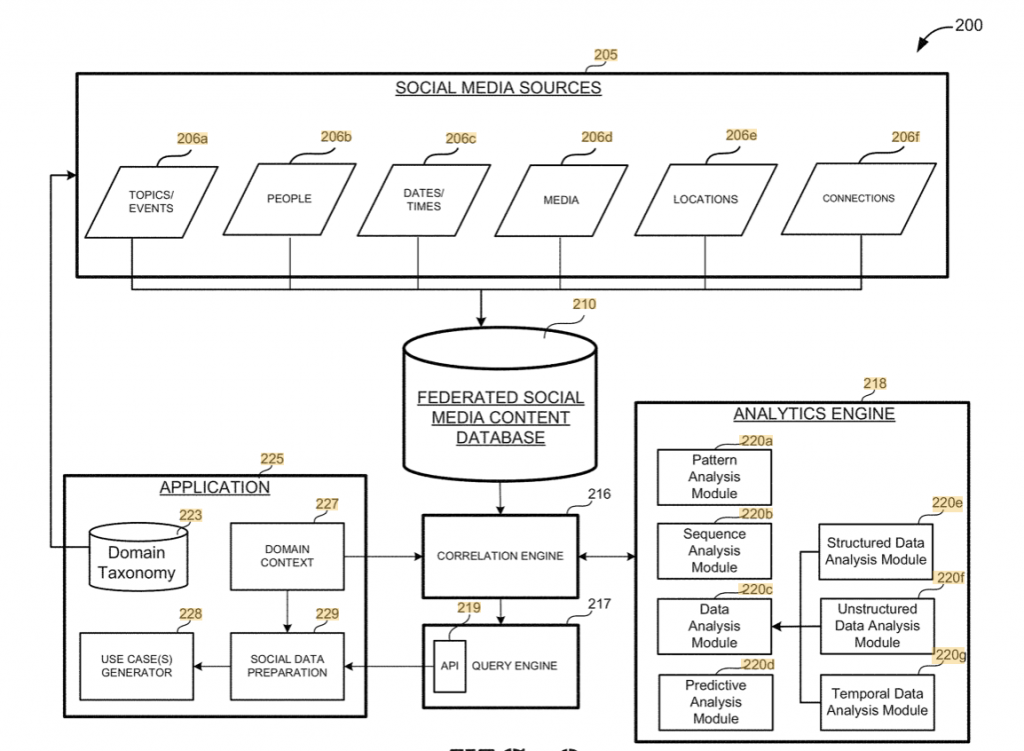
Credits – US10268713B2
Arguments:
The claims were directed to specifically recited technical improvements to big data analytics specifically for computerized social networking content items. The Examiner described the claims at a high level of abstraction without considering the language of the claims as a whole nor viewing them in light of the specification (citing Enfish). Even if the claims contained ineligible concepts, that does not mean the claims were directed to those concepts (citing and analogizing to DDR Holdings and Rapid Litigation Management v. CellzDirect while distinguishing Electric Power Group, LLC v. Alstom S.A. and Intellectual Ventures I LLC v. Symantec Corp.). Even if the claims recited an alleged abstract idea such as collecting and analyzing information or indexing data, the claims recited significantly more in the form of technical improvements to problems that arose specifically out of computerized social networking (citing the 2018 USPTO Berkheimer Memo and analogizing to BASCOM).
7. General Electric Company (US Patent App. Serial No. 14/091,812)
USPTO Class:
705 – DATA PROCESSING: FINANCIAL, BUSINESS PRACTICE, MANAGEMENT, OR COST/PRICE DETERMINATION.
Title:
Systems and Methods for Workflow Modification Through Metric Analysis.
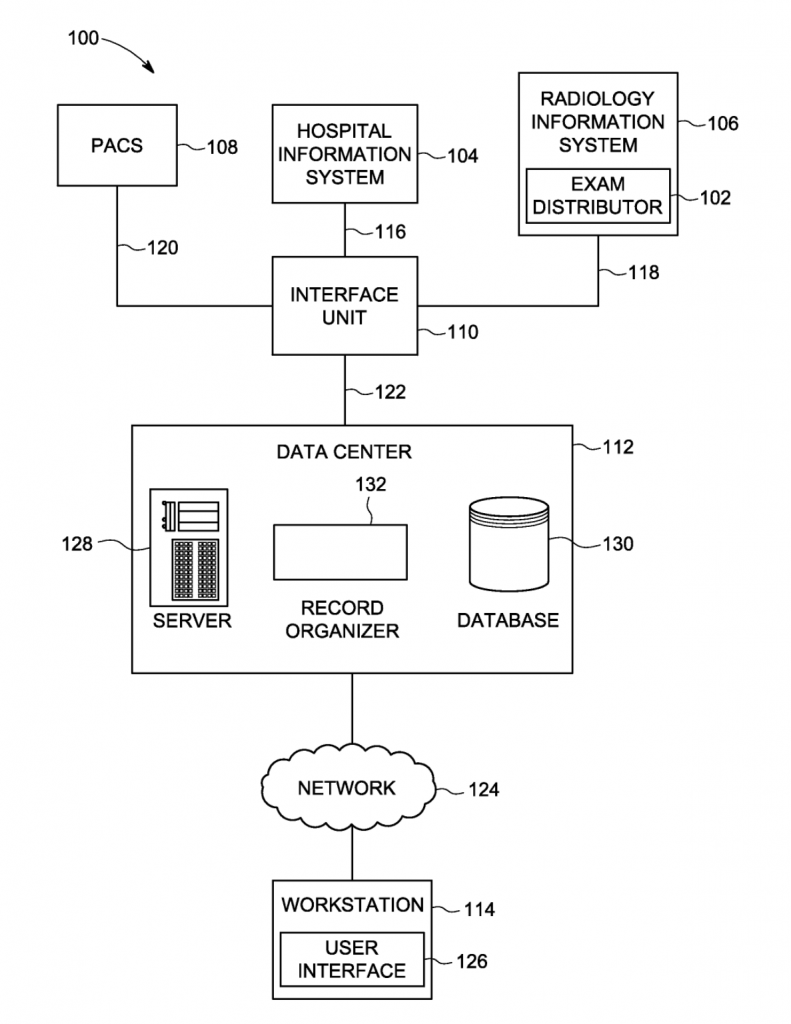 Credits – US20150149193A1
Credits – US20150149193A1
Arguments:
The Examiner did not properly identify a patent-ineligible abstract idea to which the claims as a whole were directed, and the Examiner’s argument was based on faulty construction of the claims (citing Enfish and the 2016 USPTO Memo). The examiner also failed to explain how the claim as a whole would allegedly preempt others from using the abstract idea (citing the 2016 USPTO Memo). The claims also recited meaningful limitations beyond the alleged abstract idea, and those additional elements were described in detail (analogizing to DDR Holdings and citing the 2016 USPTO Memo).
8. US Cellular Corp. (US Patent App. Serial No. 13/656,856)
USPTO Class:
345 – COMPUTER GRAPHICS PROCESSING AND SELECTIVE VISUAL DISPLAY SYSTEMS.
Title:
Detecting and Processing Anomalous Parameter Data Points by a Mobile Wireless Data Network Forecasting System.
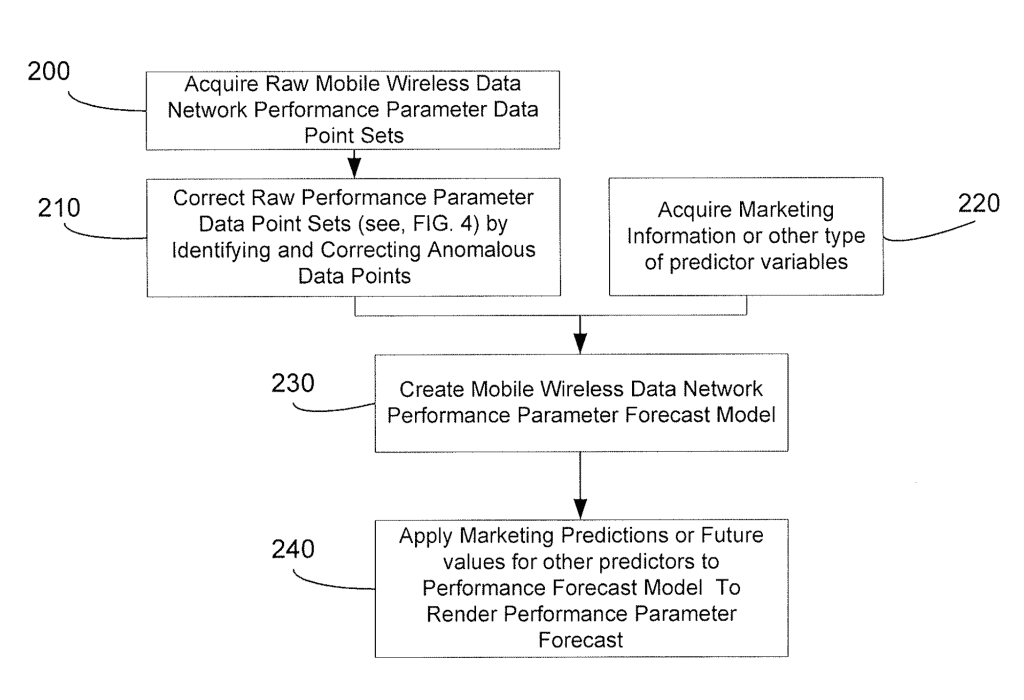 Credits – US10531251B2
Credits – US10531251B2
Arguments:
The claimed invention improved upon a particular technology by defining a specific (novel/non-obvious) way to overcome a particular technological problem related to rendering a forecast value for a mobile wireless network performance parameter by carrying out a database data point value set “cleansing” operation. The claims recited a combination of elements that provided a detailed sequence of operations describing how to overcome the technical problem as opposed to merely reciting the desired result or effect. The examiner patent-eligible failed to consider the claim elements taken as a whole in the determination of whether elements amounted to significantly more than the alleged abstract idea (citing and analogizing to McRO, BASCOM, Amdocs, and Ex parte Barous)
9. Mastercard Intl. Corp. (US Patent App. Serial No. 14/792,099)
USPTO Class:
705 – DATA PROCESSING: FINANCIAL, BUSINESS PRACTICE, MANAGEMENT, OR COST/PRICE DETERMINATION.
Title:
System for Payment, Data Management, and Interchanges for Use With Global Shopping Cart.
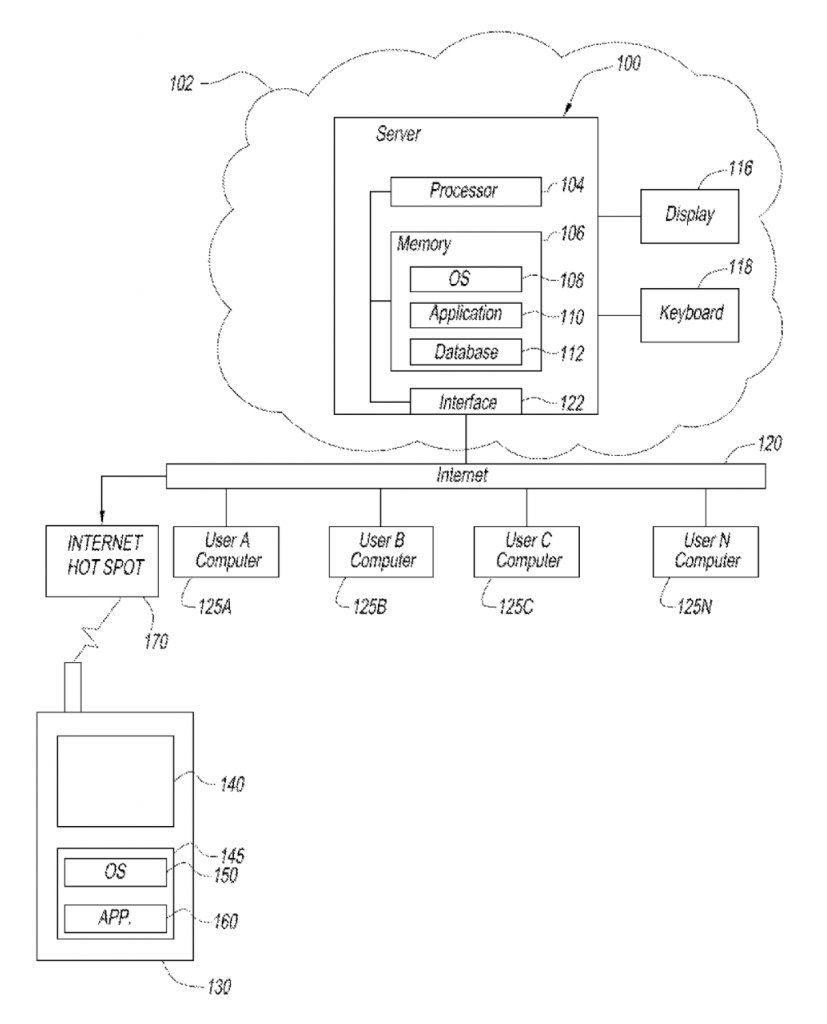 Credits – US10504163B2
Credits – US10504163B2
Arguments:
The Examiner failed to identify what exactly the patent-ineligible concept was and failed to consider the claims as a whole (citing and analogizing to Finjan, Inc. v. Blue Coat Systems, Inc. and Core Wireless Licensing S.A.R.L. v. LG Electronics while distinguishing Electric Power). The claims recited additional elements over the alleged abstract idea by establishing a website representative of a task and a system comprising a plurality of security measures including analytic triggers configured to identify suspicious activity (citing Enfish, DDR Holdings, and the 2018 USPTO Berkheimer Memo). The claims also recited additional elements beyond the alleged abstract idea by way of hardware and technological software components required to implement the claimed innovations. In addition, the claimed features did not preempt the alleged abstract idea because they clearly required specific technological elements that did not attempt to monopolize all uses of the abstract idea.
10. Microsoft Technology Licensing, LLC (US Patent App. Serial No. 15/071,246)
USPTO Class:
348 – TELEVISION.
Title:
Synchronizing Active Illumination Cameras.
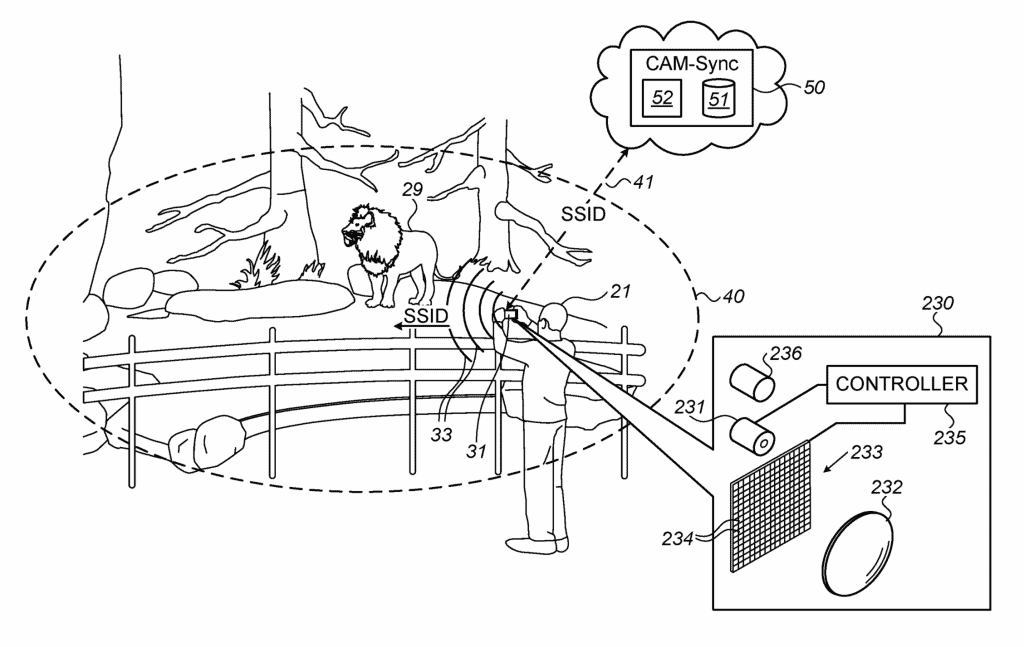 Credits – US20170272731A1
Credits – US20170272731A1
Arguments:
The claims were improperly rejected for being directed to the abstract idea of “organizing and manipulating data” because this was not one of the three groups of abstract ideas enumerated in the 2019 USPTO Revised Patent Subject Matter Eligibility Guidance. The claims were patent-eligible because they focused on a specific asserted improvement in computer capabilities relating to active illumination range cameras (citing Core Wireless). Even if the claims recited an abstract idea, they also recited a practical application of the abstract idea, specifically they provided specific actual action steps that solved the identified problems associated with too many users attempting to simultaneously operate active illumination range cameras in a venue (citing the 2019 USPTO Guidance).
So these were the 10 cases that might help you in your next patent eligibility prosecution. We figured out that being able to use Public PAIR to access examples of such cases that have presented successful arguments to overcome Alice rejections can bring a huge difference in the practice. But Public PAIR does not provide a search function to allow patent prosecutors to easily identify relevant cases. And we know how much time searching for these few successful cases took.
So, we helped develop Arguminer with IPToolWorks as a Patent Prosecution Tool
Well, to sum it up Arguminer provides this functionality. The tool can easily identify cases that are relevant to your case. It can be defined as a patent prosecution software tool from IP Toolworks that allows you to reach the best arguments that can be used to overcome Examiner’s rejections. Arguminer has a repository of office actions categorized based on the type of rejection (like 102, 103, etc), examiners’, successful arguments that overcome objections, etc. Due to this unique structure, it can help you make a draft with powerful arguments while interacting with the Examiner.
Conclusion
With so many changes happening in the IP domain, it is not as easy anymore to form best practices to win over Alice rejections. As arguments become better, the examiners have also become better with their objections. Therefore, it’s time we have a better system to manage such a situation. Wouldn’t you agree?
Imagine having a system like Arguminer helping you with winning arguments for Alice rejections and developed keeping your requirements in mind. GodGreyBsend! 😉
Well, your search for the perfect patent prosecution tool ends here. All you gotta do is fill in the form below and we’ll get things started:



